Today we saw some new things around the area. A fleet of skimmer ships was doing a surface burn to reduce the size of an oil slick. We were a couple of miles away from the burn but the large cloud of black smoke caught everyone’s eye. I’m still amazed by the ‘city of ships’ around the spill site. The rigs drilling the relief wells and the ‘siphon’ ship (large ship to the left in photo), as well as many support vessels are visible in this shot.
City of ships
Burning off surface oil
Our sampling and general operations are going very smoothly. We ran CTD profiles all through Wednesday night and Thursday morning, thanks to the efforts of Vernon Asper from the University of Southern Mississippi. We tracked the ‘new’ plume along a S/SW line by doing CTD casts about every half mile. The main plume features were fairly consistent along the line can concentrations of CDOM decreased with distance from the spill site. Around 10AM Thursday morning, we moved slightly to the North and found another very interesting plume that was different from the previous one. The second plume contained less CDOM but exhibited more oxygen depletion. Perhaps this plume is older than the other one? The oxygen concentrations are not low enough to harm animal life but they are substantially lower (by ~25%) than the waters outside the plume at similar depths. Methane concentrations in this feature are the highest we’ve measured anywhere so far during this cruise.
CTD rosette and surface oil sheen
This is an extensive plume. We’ve been tracking it now for approximately 7 miles and both the CDOM signal as well as oxygen depletion are strong and they co-vary. The samples with oxygen depletion also contain high concentrations of methane. Our hypothesis is that methane oxidation and CDOM degradation are driving oxygen consumption. We will be testing this hypothesis directly by measuring methane oxidation rates and oxygen consumption rates. Back at the UGA lab, we’ll be doing experiments to determine what factors regulate methane oxidation rates in these samples. To accomplish as much as we can during this 2-week cruise, we’re doing around-the-clock operations on the ship. We do mapping CTD casts at night to characterize the plume’s distribution and variability. During the day, we collect water samples for various analyses. On Saturday, we’re picking up a sediment sampling instrument called a “grab sampler” and will then add sediment sampling to our list of operations. Never a dull moment out here!




